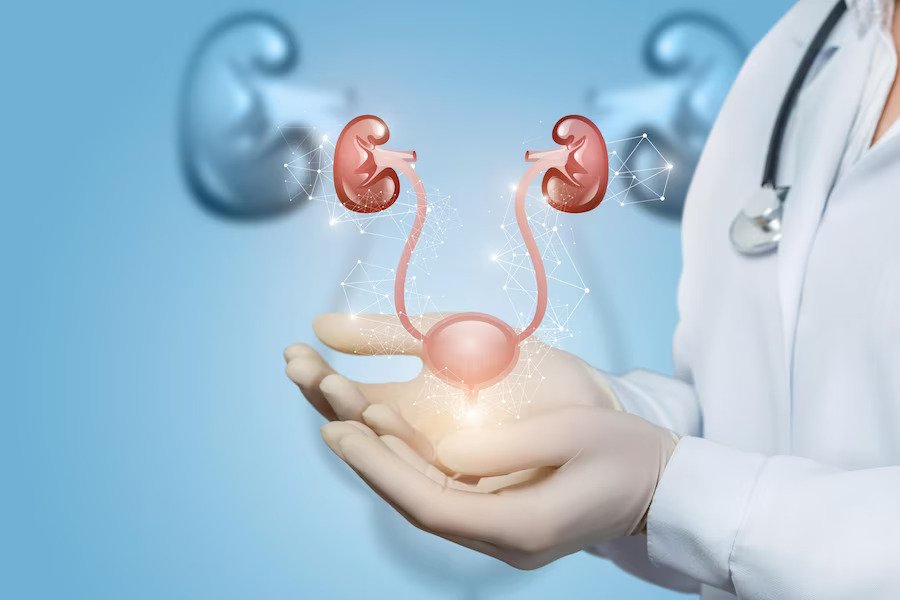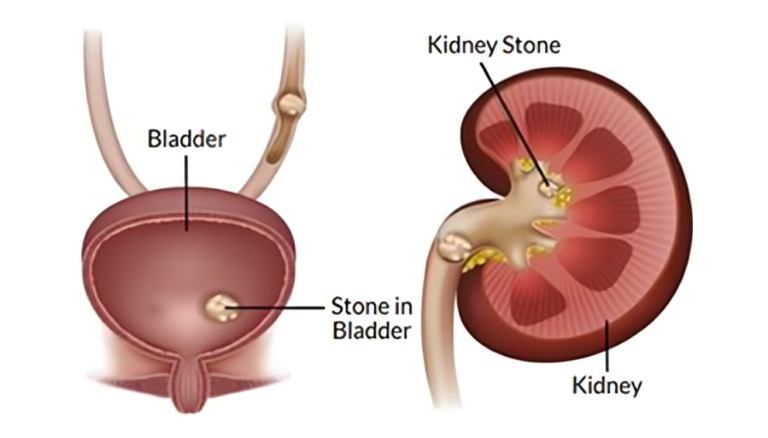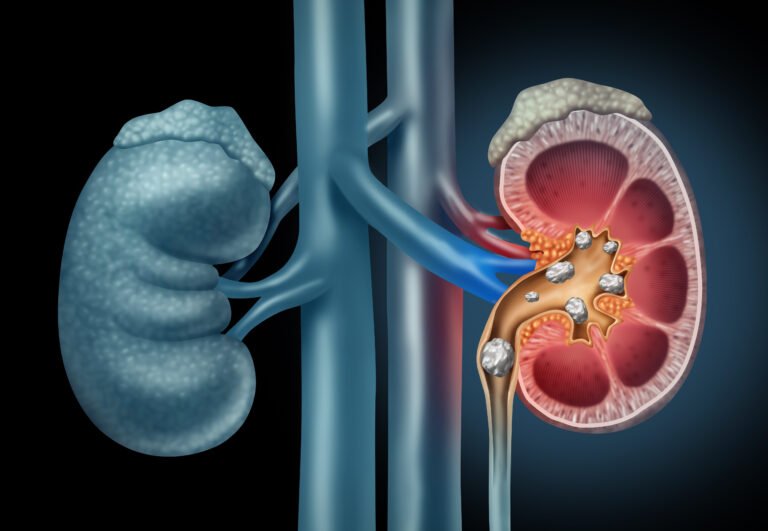Innovative Approaches In Ureteric Stone Management
Ureteric stones, commonly known as kidney stones, are a prevalent medical condition causing significant discomfort and pain. Traditional management approaches have relied on surgical intervention or conservative measures, but recent advancements in medical technology and innovative techniques have opened new avenues for more efficient and patient-friendly management strategies. This article explores some of the groundbreaking innovations that are revolutionizing the management of ureteric stones, offering hope for improved outcomes and enhanced patient experiences.
To Know More About It Please Click Here
Miniaturized Endoscopic Techniques
Conventional endoscopic procedures for treating ureteric stones often involve the insertion of relatively large instruments, which can cause discomfort and prolong recovery time. However, miniaturized endoscopic techniques, such as mini-percutaneous nephrolithotomy (mini-PCNL) and micro-percutaneous nephrolithotomy (micro-PCNL), offer a less invasive alternative. These procedures utilize smaller instruments, reducing trauma to surrounding tissues and facilitating faster recovery while maintaining high efficacy rates.
Laser Lithotripsy Advancements
Laser lithotripsy has long been a cornerstone of ureteric stone management, enabling the fragmentation of stones with minimal tissue damage. Recent advancements in laser technology have further enhanced the precision and effectiveness of this technique. Innovations such as the development of smaller laser fibers and improved energy delivery systems allow for more precise targeting of stones, even in challenging anatomical locations. Additionally, the use of newer laser modalities, such as thulium fiber laser lithotripsy, offers potential advantages in terms of stone fragmentation efficiency and safety profiles.
Focused Shock Wave Lithotripsy (SWL) Techniques
Focused shock wave lithotripsy (SWL) remains a widely used non-invasive approach for treating ureteric stones. However, traditional SWL techniques may be associated with limitations such as stone retropulsion and variable treatment outcomes. Innovative approaches, such as dual-energy SWL and electromagnetic SWL, aim to overcome these challenges by optimizing shock wave delivery and enhancing stone fragmentation efficiency. These advancements promise improved treatment success rates and reduced risk of complications, making SWL a more attractive option for selected patients.
Robot-Assisted Ureteroscopy
: Robot-assisted ureteroscopy represents a cutting-edge approach to ureteric stone management, combining the precision of robotic technology with the flexibility of endoscopic procedures. By providing surgeons with enhanced dexterity and three-dimensional visualization capabilities, robotic platforms enable more precise stone targeting and manipulation, leading to improved treatment outcomes and reduced procedural times. Although still relatively nascent, robot-assisted ureteroscopy holds great promise for further advancing the field of minimally invasive stone surgery.
Integration of Artificial Intelligence (AI)
Artificial intelligence (AI) has emerged as a transformative force in various fields of medicine, including urology. In the context of ureteric stone management, AI algorithms can analyze clinical data, imaging studies, and patient characteristics to assist clinicians in treatment decision-making. Machine learning models can predict stone composition, estimate treatment success probabilities, and optimize treatment strategies based on individual patient factors, ultimately leading to more personalized and effective care.
Conclusion
Innovative approaches in ureteric stone management represent a paradigm shift in the way this common medical condition is treated. From miniaturized endoscopic techniques to advanced laser lithotripsy modalities and robot-assisted surgery, these innovations offer new possibilities for improved patient outcomes, reduced treatment-related morbidity, and enhanced overall quality of care. As technology continues to evolve and research efforts progress, the future holds great promise for further advancements in ureteric stone management, bringing hope to patients and clinicians alike.
Also, Follow us on Instagram







